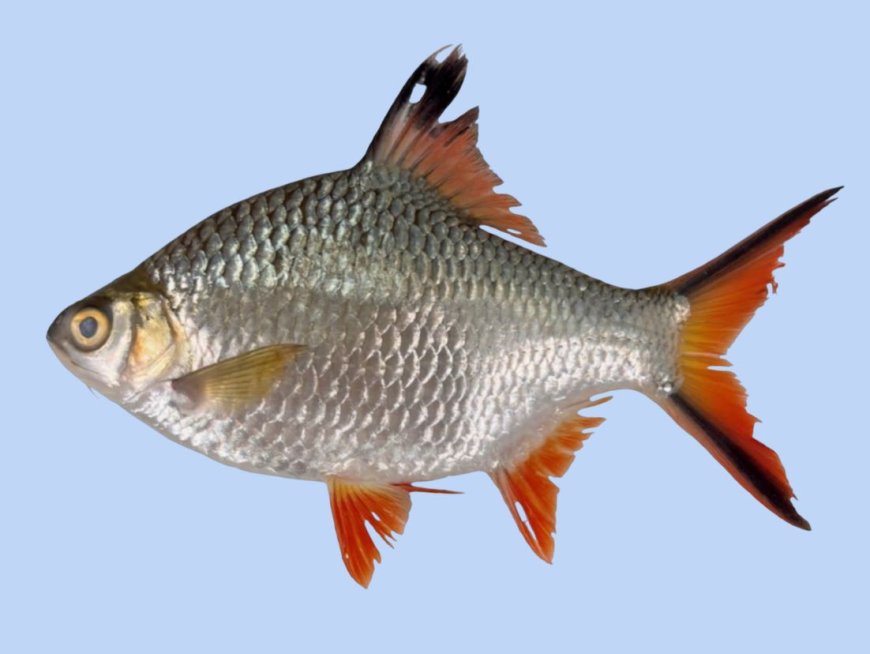DA-BFAR Responds to Tinfoil Barb Presence in Laguna Lake
The Department of Agriculture–Bureau of Fisheries and Aquatic Resources is actively addressing the appearance of tinfoil barb in Laguna de Bay, a non-native fish that is typically kept as a pet. Monitoring the ecological and socio-economic impacts since 2021, the agency is implementing mitigation strategies and evaluating the population's extent and interactions.

Photo of the confirmed Barbonymus schwanefeldii (tinfoil barb) specimen caught in Laguna de Bay in 2024. Courtesy: Mariko Aboganda
The Department of Agriculture–Bureau of Fisheries and Aquatic Resources is actively responding to the reported presence of tinfoil barb or Barbonymus schwanenfeldii in Laguna de Bay, a non-native fish usually kept as a pet.
DA-BFAR has been monitoring the non-native fish’s presence and evaluating its potential ecological and socio-economic impacts since the species’ initial documentation in 2021.
According to the agency, assessments are ongoing, and immediate mitigation strategies are being implemented to monitor the tinfoil barb population, evaluate its ecological interactions, and identify possible sources of introduction.
If the findings confirm a threat to ecological balance or the displacement of native species, the Bureau is prepared to activate targeted interventions through its established programs addressing invasive species found within Laguna de Bay.
The DA-BFAR issued the statement following warnings from biologists at the Ateneo de Manila University about the potential threat posed by tinfoil barb to native fishes in Laguna de Bay.
Scientists believe that the presence of tinfoil barb could outcompete native fish in the lake for food and breeding grounds.
The agency has mobilized its technical teams to manage and monitor the tinfoil barb population, especially with recent reports indicating an increase in its presence.
DA-BFAR is closely coordinating with concerned local government units (LGUs) and the Laguna Lake Development Authority (LLDA) to ensure a unified and science-based approach in monitoring, mitigation, and response measures.
This collaborative effort aims to address the welfare of affected communities and maintain the ecological balance of Laguna de Bay.
According to the source: GMA Network.
What's Your Reaction?
 Like
0
Like
0
 Dislike
0
Dislike
0
 Love
0
Love
0
 Funny
0
Funny
0
 Angry
0
Angry
0
 Sad
0
Sad
0
 Wow
0
Wow
0






























































































































































